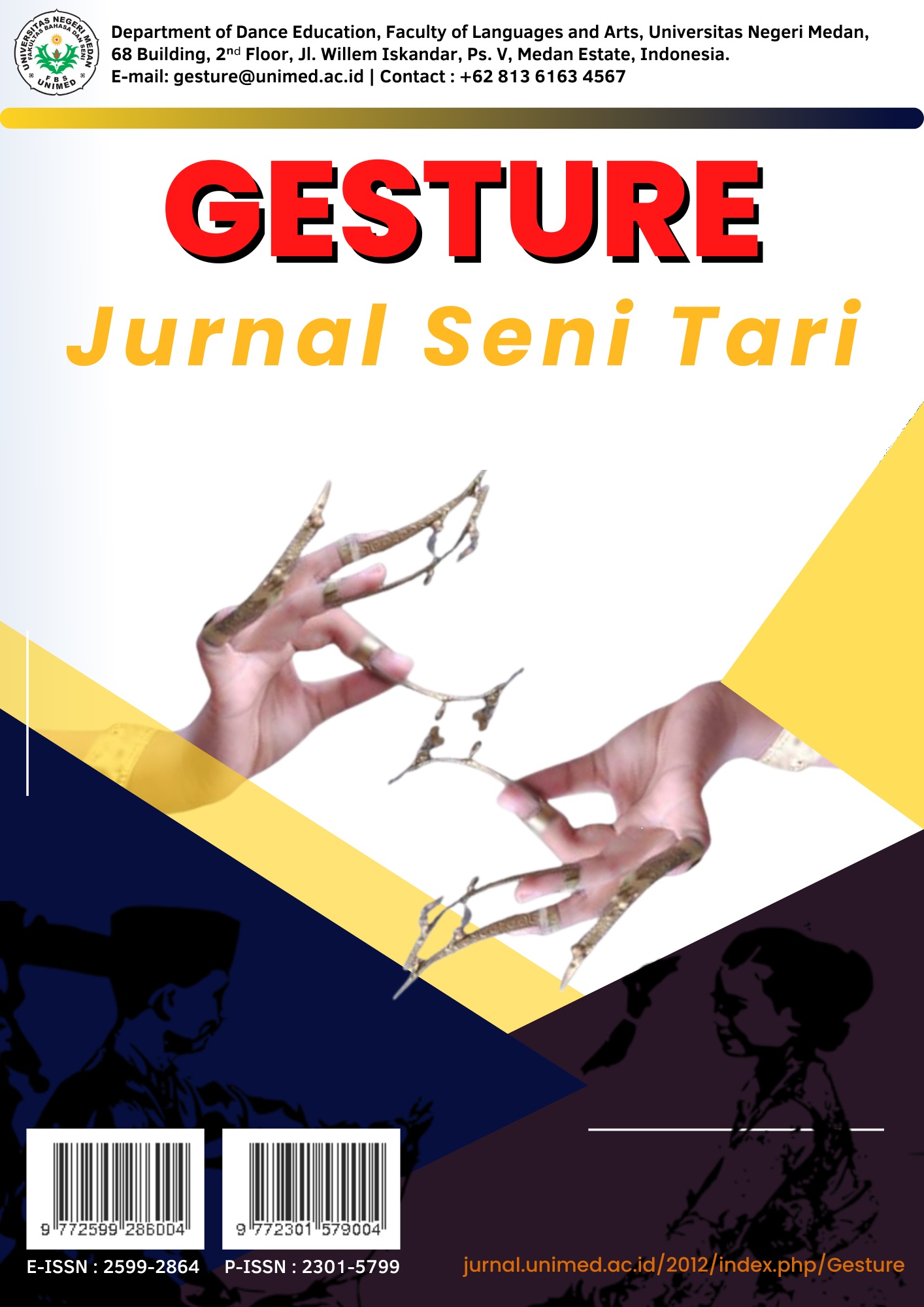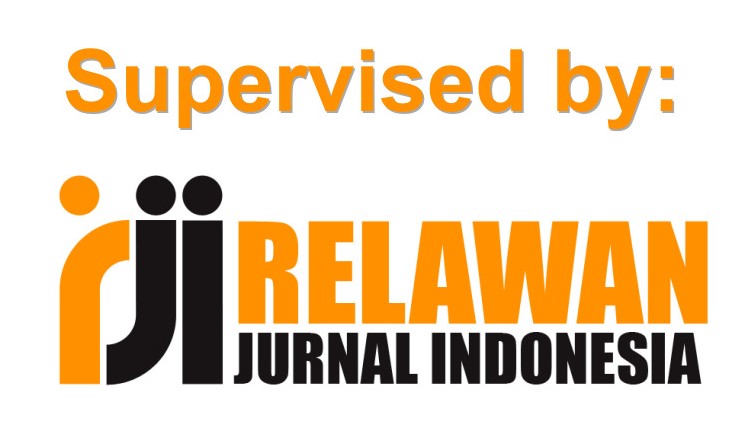Upaya Pengembangan Bakat Seni Tari melalui Kegiatan Ekstrakurikuler Tari di SD Negeri 10 Banda Aceh
DOI:
https://doi.org/10.24114/gjst.v14i2.67812Abstract
This study aims to identify efforts to develop dance talent through extracurricular activities at SD Negeri 10 Banda Aceh. The background of this study is based on various obstacles such as the absence of special practice days and schedules, limited supervising teachers, inadequate facilities, and minimal school budget to support dance activities. This study uses a qualitative method with a descriptive approach. Data collection techniques include observation, interviews, and documentation. The subjects in the study consisted of the principal, one art teacher, and five students who have talent in dance. The study was conducted in the even semester of the 2024/2025 academic year. The results of the study indicate that the development of dance talent in this school has not been optimal. However, the principal has made efforts to provide a forum for art activities, while teachers play a role in providing motivation and opening up space for student exploration. Students show high enthusiasm, are able to express themselves, and begin to be confident in appearing in public. Therefore, further support is needed in the form of policies, facilities, and competent mentors so that extracurricular dance activities can run optimally and sustainably.References
Abidin, Zainal, and Nasirudin Nasirudin. (2021). Pengembangan Bakat Dan Minat Peserta Didik Di Madrasah Ibtidaiyah Miftahul Muna Kesilir Banyuwangi. EDUCARE: Journal of Primary Education 2 (2): 119–34. https://jie.iain-jember.ac.id/index.php/jie/article/download/50/32
Adawiyah, Aenur Roiatul, and Rizki Umi Nurbaeti. (2023). Pelatihan Tari Kreasi Sebagai Bentuk Apresiasi Seni Tari. JAMU : Jurnal Abdi Masyarakat UMUS 3 (02): 150–56. https://doi.org/10.46772/jamu.v3i02.1051
Permendikbud, 2014. (2014). Peraturan Menteri Pendidikan Dan Kebudayaan Republik Indonesia Nomor 62 Tahun 2014 Tentang Pendidikan Kepramukaan Sebagai Kegiatan Ekstrakurikuler Pada Pendidikan Dasar Dan Pendidikan Menengah. Permendikbud No 63 Tahun 2014 53 (9): 1689–99.
Pratiwi, Amelinda Suryanda, Resa Respati, and Rosarina Giyartini. (2020). Tari Egrang Batok Di Sekolah Dasar. PEDADIDAKTIKA: Jurnal Ilmiah Pendidikan Guru Sekolah Dasar 7 (3): 257–66. https://doi.org/10.17509/pedadidaktika.v7i3.26195
Putri, M. L. E., Narawati, T., & Budiman, A. (2021). Fungsi Tari Malam Tabur Di Sanggar Kemuning Belinyu. Ringkang: Kajian Seni Tari Dan Pendidikan Seni Tari, 1(1), 17-26. https://doi.org/10.17509/ringkang.v1i1.32139
Rahmah, N. A. (2019). Nilai-nilai karakter dalam pelaksanaan kegiatan ekstrakurikuler seni tari siswa kelas tinggi sdn 5 wates. Jurnal Pendidikan Guru Sekolah Dasar Edisi, 8(12), 1146-1155. https://journal.student.uny.ac.id/index.php/pgsd/article/download/15150/14672
Wulan, N., Wakhyudin, H., & Rahmawati, I. (2019). Ekstrakurikuler seni tari dalam membentuk nilai karakter bersahabat siswa. Indonesian Values and Character Education Journal, 2(1), 28-35. https://doi.org/10.23887/ivcej.v2i1.17926
Downloads
Published
Issue
Section
License
Copyright (c) 2025 Rheka Putri Meliza, Putry Julia, Dian Aswita

This work is licensed under a Creative Commons Attribution-ShareAlike 4.0 International License.
Authors published with the Gesture: Jurnal Seni Tari agree to the following terms:
- Authors retain copyright and grant the journal the right of first publication with the work simultaneously licensed under a Creative Commons Attribution License (CC BY-SA 4.0) that allows others to share the work with an acknowledgment of the work's authorship and initial publication in this journal.
- Authors are able to enter into separate, additional contractual arrangements for the non-exclusive distribution of the journal's published version of the work (e.g., post it to an institutional repository or publish it in a book), with an acknowledgment of its initial publication in this journal.
- Authors are permitted and encouraged to post their work online (e.g., in institutional repositories or on their website) prior to and during the submission process, as it can lead to productive exchanges, as well as earlier and greater citation of published work. (See The Effect of Open Access)








